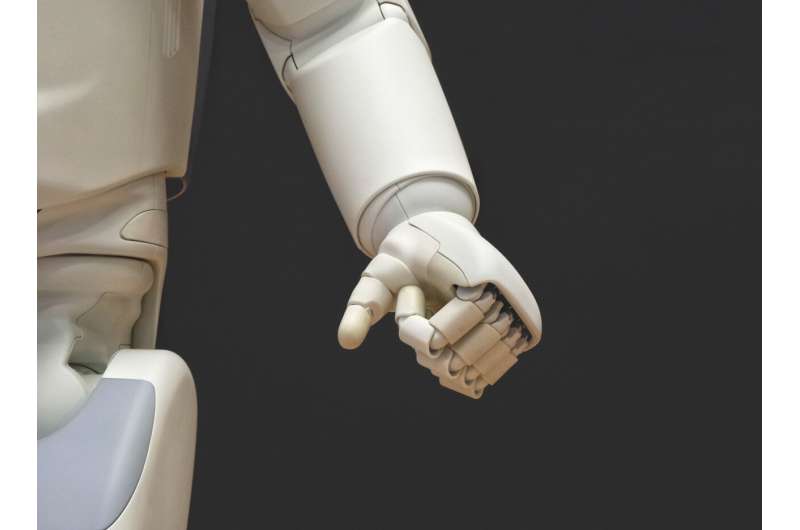Controlling complex systems with artificial intelligence

Researchers at ETH Zurich and the Frankfurt School have developed an artificial neural network that can solve challenging control problems. The self-learning system can be used for the optimization of supply chains and production processes as well as for smart grids or traffic control systems.
Power cuts, financial network failures and supply chain disruptions are just some of the many of problems typically encountered in complex systems that are very difficult or even impossible to control using existing methods. Control systems based on artificial intelligence (AI) can help to optimize complex processes—and can also be used to develop new business models.
Together with Professor Lucas Böttcher from the Frankfurt School of Finance and Management, ETH researchers Nino Antulov-Fantulin and Thomas Asikis—both from the Chair of Computational Social Science—have developed a versatile AI-based control system called AI Pontryagin which is designed to steer complex systems and networks towards desired target states. Using a combination of numerical and analytical methods, the researchers demonstrate how AI Pontryagin automatically learns to control systems in near-optimal ways even when the AI has not previously been informed of the ideal solution.
Self-learning control system
Fluctuations in complex systems are capable of triggering cascades and blackouts. To avoid such incidents and improve resilience, system specialists have devised a wide variety of control mechanisms and regulations; typical applications include voltage control in power grids, for example, or stress testing in financial institutions. And yet it is not always possible to control complex dynamic systems by manual intervention.
In their paper, the researchers show how AI Pontryagin automatically learns quasi-optimal control signals for complex dynamic systems. The researchers' analysis lays much of the vital groundwork; further research is still required to determine the system's applicability to specific, real-world cases. At present, control methods are typically used to, for example, protect power grids from fluctuations and outages, manage epidemics, and optimize supply chains.
Supply-chain control as possible application
To use AI Pontryagin as intended, the AI must first be provided with information on the target system's dynamics. In supply chains, this might include details of the number of possible suppliers, as well as purchasing costs and turnaround times. This information is used to determine which areas require dynamic optimisation.
Users must also provide information on the system's initial status, such as current stock levels, and its desired (target) status, such as the requirement to replenish stock to certain levels while minimizing the use of resources.
More information: Lucas Böttcher et al, AI Pontryagin or how artificial neural networks learn to control dynamical systems, Nature Communications (2022). DOI: 10.1038/s41467-021-27590-0
















